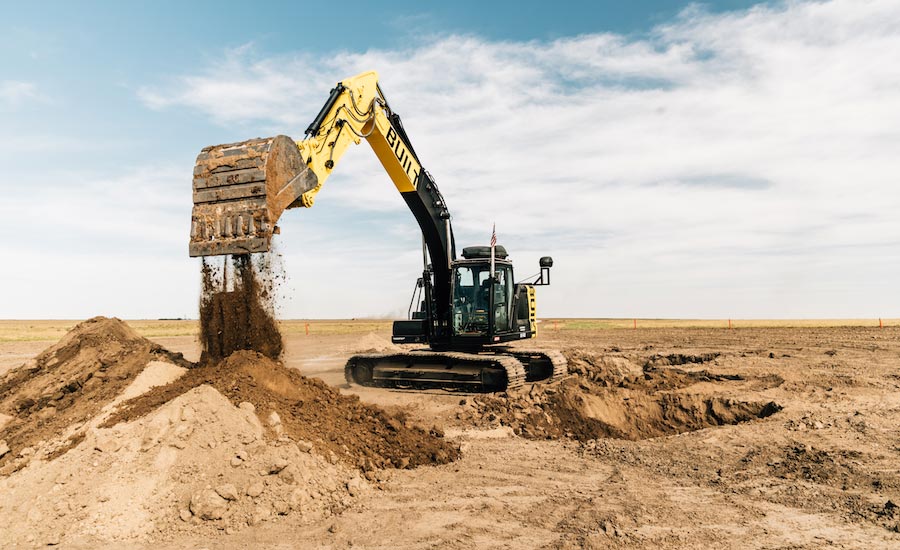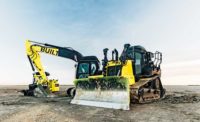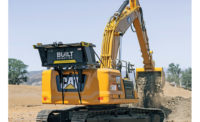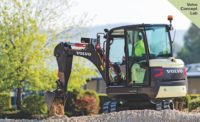In a bid to speed work on projects in remote sites and cope with labor shortages, Mortenson has announced an agreement with tech start-up Built Robotics to expand the contractor's deployments of fully autonomous construction equipment on renewable energy projects. The deal was announced at the ENR FutureTech conference in San Francisco on June 4.
The agreement will see more of Built Robotics’ equipment, which includes autonomous retrofits for dozers, excavators and skid steer loaders. Built Robotics recently announced a deal with rental giant Sunstate Equipment, but this is one of its largest sales agreements to date.
“It’s a long-term agreement for next few years to continue to expand our deployment of autonomous equipment on renewable energy jobs,” says Eric Sellman, vice president and general manager for Mortenson’s civil group. “We’ve identified wind projects in remote areas with lot of repetitive work far from workforce centers. Autonomous equipment could be a good fit for those.”
The repetitive nature of some foundation work is a good fit for autonomous equipment, according to Sellman. “When we’re out on remote wind turbine projects, we have large foundation excavations for turbines themselves. We’ve seen the speed and rate of efficiency improve dramatically.” Mortenson did its first project with Built in August, 2018, starting on wind farms in Kansas.
The terrain model for the finished wind-turbine foundation excavations were loaded into the excavators, and they were then set loose on the site. “There’s an operator on site who will fuel the machine, grease the machine, maybe move it from site to site,” says Sellman. “But once we turn on the excavator, it just goes.” Machines use GPS tracking to remain within geo-fenced areas, and LIDAR provides collision avoidance and obstacle detection.
Mortenson looked to Built’s solution not to replace its own operators, but compensate for shortages of good operators willing to work on repetitive work out in remote areas. “As we look out 5 to 10 years, we have to do something to stem the tide of labor issues,” says Sellman, who says the cost of operations is comparable to what it would cost with a human operator.
The autonomous equipment could provide a needed boost in getting work done in remote areas where skilled operators are hard to come by, but Sellman says Mortenson has big plans for the equipment. “So far just been single, but vision for future is fleet operation,” he says. “We’ve done test runs with 24-hour operation. The machine doesn’t need the lights to work, but for safety concerns we light it up.”





